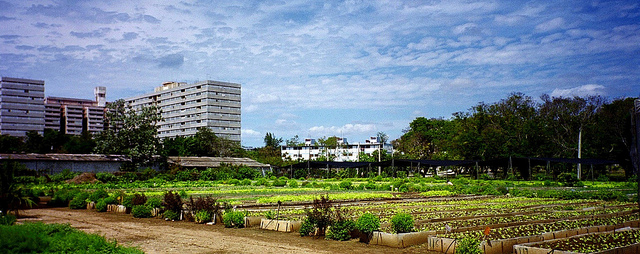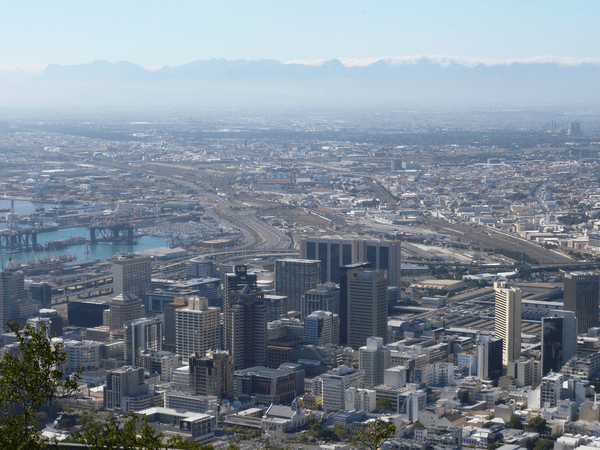As a result of their isolation from the western world, Havana now boasts that it has 26,000 gardens covering 2,439 hectares producing 25,000 tons of food annually. 40% of all households are involved in urban agriculture. Urban agriculture also acted as a supplementing income, diversified diets and achieved independence and self-sufficiency within a city setting.
Urban agriculture played a central role in achieving food security and took many forms depending on local circumstances. By 2003, farmers had converted over 300,000 backyard patios into gardens.
On a larger scale, state farms became cooperative agricultural production units (UBPCs) in 1993 to increase efficiency and provide incentives for productivity. By 1997, UBPCs comprised 42% of the agriculture sector. The break-up of state farms made individuals or small teams responsible for production, rewarding efficiency and tying their incomes to the output.
Additionally, urban agriculture provides employment and income: in 2003, 22% of all new jobs in the Cuban economy were in this sector.
Intercropping improved the soil fertility, resulted in diversified diets and strengthened food security. Between 1994 and 1999, production of vegetables quadrupled, production of root crops and plantains tripled, potato production increased by 75% and cereals by 86%. In the meanwhile sugar dropped from 70% of export revenue in 1992 to 39% in 1998.
A lack of fuel and tractors forced farmers to use oxen labor, resulting in stark reductions in greenhouse gas-producing petroleum products. In 2003 the Ministry of Agriculture used “less than 50% of the diesel fuel it used in 1989, less than 10% of chemical fertilizers and less than 7% of synthetic insecticides.”
Socially, urban gardens boost cooperative involvement and dedication to the community. Gardeners often make food donations to the neighborhood, and especially to schools and daycare centers. In terms of the country’s health, urban agriculture has been tremendously successful. By 2000, food availability in Cuba again reached 2,600 calories daily per capita, proving that a country can achieve food security for its population through organic means, and providing an example for other third world countries.


